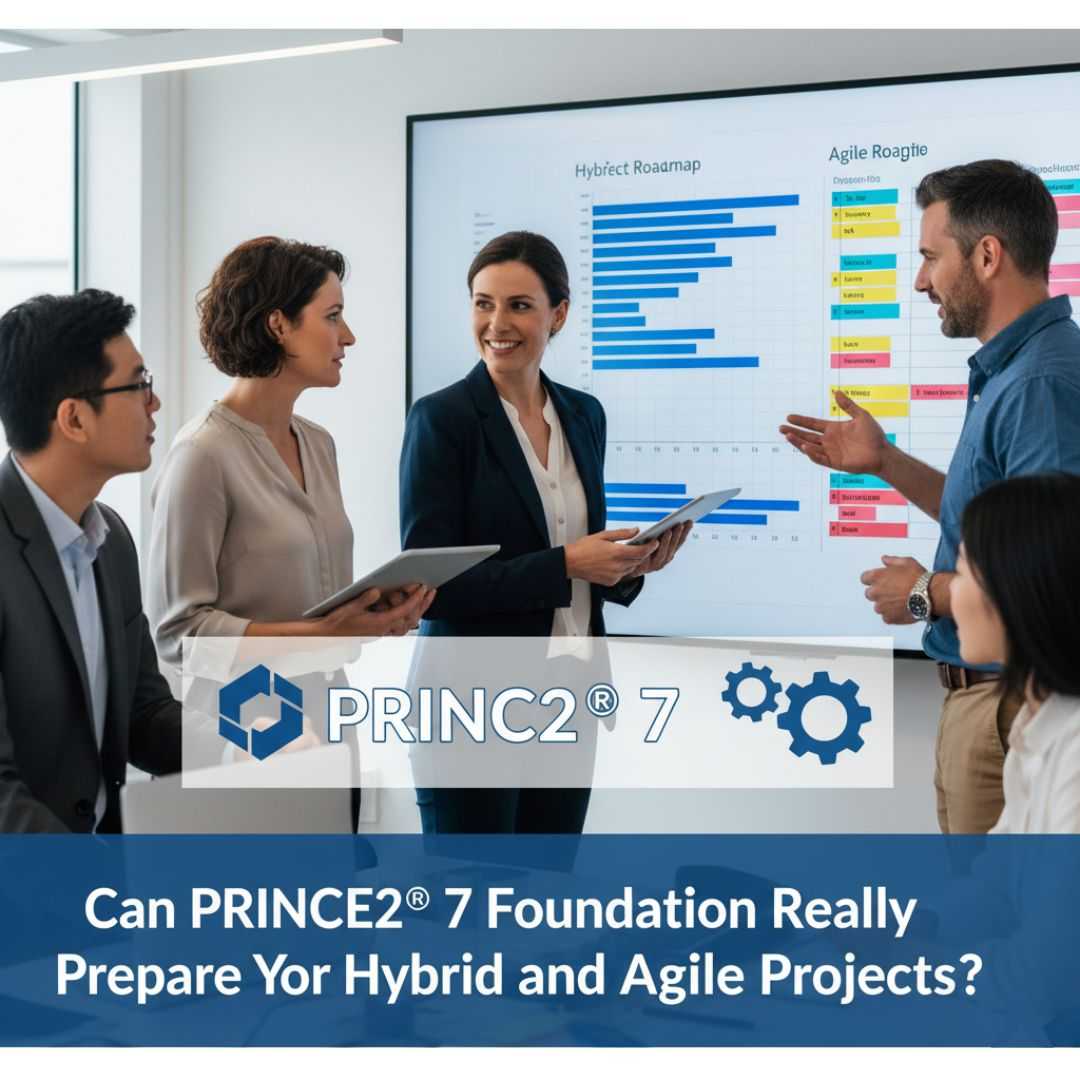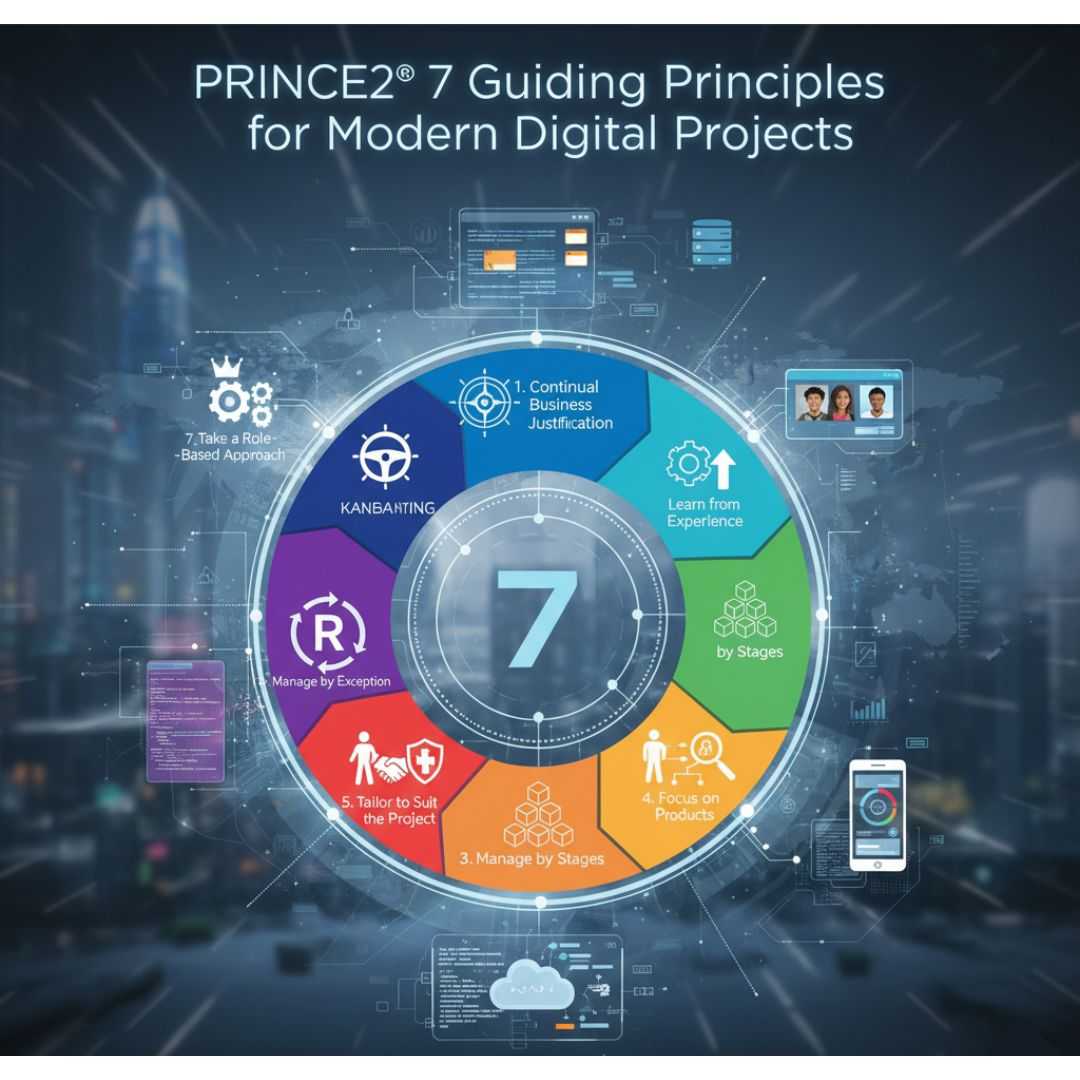Kenya: Course Features & Benefits – PRINCE2 Agile Practitioner V2 Training
Why Kenya Gain an Edge with ScholarAcad’s PRINCE2 Agile Practitioner V2 Training
1. Module: Explain the differences between projects and BAU (Business as usual)
Describe agile and its common approaches, how and why agile approaches have developed, and where they are used
Describe the history of agile, its contrast to the waterfall way of working, and how the Agile Manifesto fits in
Describe the different levels of agile maturity and well-known agile frameworks
Describe behaviors, concepts, and techniques that characterize agile
Define the PRINCE2 Agile view of 'agile
Describe Kanban, the Kanban method, and its six general practices, including the use of Cumulative Flow Diagrams (CFDs)
Describe the core concepts of Lean Start-up
Describe the use of workshops
Describe how to transition to agile
Define Scrum theory and explain the nature of the Scrum team, Scrum events, Scrum artifacts, and Sprints
2. Module: Describe the Complementary Strengths of PRINCE2 and the Agile Way of Working
Define who can benefit from using PRINCE2 Agile and in what contexts/situations
Define the makeup of PRINCE2 Agile (frameworks, behaviors, concepts, techniques, focus areas
Explain the eight' guidance points' Explain how PRINCE2 controls and governance can enable agile to be used in many environments
Describe what a typical PRINCE2' project journey' looks like in an agile context
3. Module: Explain the Purpose and Use of the Agilometer Throughout a Project
Describe the six sliders used on the Agilometer, explain their significance, and how to improve them
Describe in detail requirements terminology, decomposition, and prioritization, including Moscow and Ordering
Explain how requirements prioritization is used
Explain the rich communication focus area, its importance, and its key techniques
Explain how to manage frequent releases and the benefits of 'failing fast'
4. Module: Describe How to Use the 'Hexagon' about the Six Aspects of Project Performance
Explain the use of tolerances in terms of what to 'fix' and what to 'flex' about the six aspects of project performance
Describe in detail each of the five targets that underpin the use of the hexagon
Explain why the 'fix and flex' approach is good for the customer
5. Module: Describe in Detail the Five PRINCE2 Agile Behaviors (Transparency, Collaboration, Rich Communication, Self-Organization, Exploration)
Explain that agile needs to be incorporated in all seven PRINCE2 processes and all seven themes but that the amount appropriate to each will vary depending on the project context
Describe the two common organization roles of Scrum master and Product owner
Explain how to adjust roles, including the use of specialist roles and the options for team organization in a project
Define the makeup of a typical delivery team
Describe servant leadership, its use, and importance
Describe how to define working agreements
Describe quality setting techniques, including 'definition of done' and the use of acceptance criteria
Describe quality testing, quality checking, and management techniques
Describe approaches to planning and typical planning techniques
Describe approaches to risk and how agile concepts mitigate many typical risks
Describe how blending PRINCE2 with agile approaches controls, responds to, and minimizes the impact of change, including risk management and configuration management
Describe how empowered self-organizing teams handle change dynamically within set tolerances
Describe common feedback loops and their importance
Describe progress monitoring techniques, including use of 'work in progress' boards, burn charts, information radiators
Describe in detail agile techniques that may apply to each PRINCE2 process, including Cynefin
Describe how to flex the 'Direct a Project' stage and the benefits of collaborative working
Describe how to 'manage by exception' with emphasis on empowerment, quantity of deliverables, rich information flows, and value of deliverables
Explain why PRINCE2' stages' may not be required, including the use of timeboxes and Scrum of scrums
Describe typical output mechanisms when 'Controlling a Stage' and 'Managing a Stage Boundary'
Describe the use of retrospectives and how to make them effective
Describe approaches to managing product delivery, including Scrum and Kanban
Explain how to define work packages, product descriptions, quality criteria, and tolerances
Give guidance on behaviors, risk, and the frequency of releases
Explain how to manage stage boundaries and the similarities between a stage and a release
Explain how to assess the quantity, quality, and benefits of stage deliverables
Explain how to effectively close a project, including evaluation of the use of agile
Describe how to tailor PRINCE2 products, including work packages, highlight reports and checkpoint reports
Describe in detail agile techniques that may apply to each PRINCE2 theme, including requirements, defining value, and user stories
Describe guidance on the use of contracts
Describe PRINCE2 Agile delivery roles
Explain how to use the health check
Describe the fundamental values and principles of agile
Outline tips for the PRINCE2 Agile project manager
View More
Ideal Participants of PRINCE2 Agile Practitioner V2 Training Kenya

Ideal Participants of PRINCE2 Agile Practitioner V2 Certification Candidate Eligibility Kenya
No specific prerequisites: Anyone can take the PRINCE2 Agile Practitioner certification exam.
It is highly recommended to have the PRINCE2 Foundation certification before taking the PRINCE2 Agile Practitioner exam.
Enroll in a PRINCE2 Agile Practitioner training course to learn the PRINCE2 Agile methodology.
Exam: Take the PRINCE2 Agile Practitioner exam, which consists of 60 multiple-choice questions. A score of 55% or higher is required to pass.
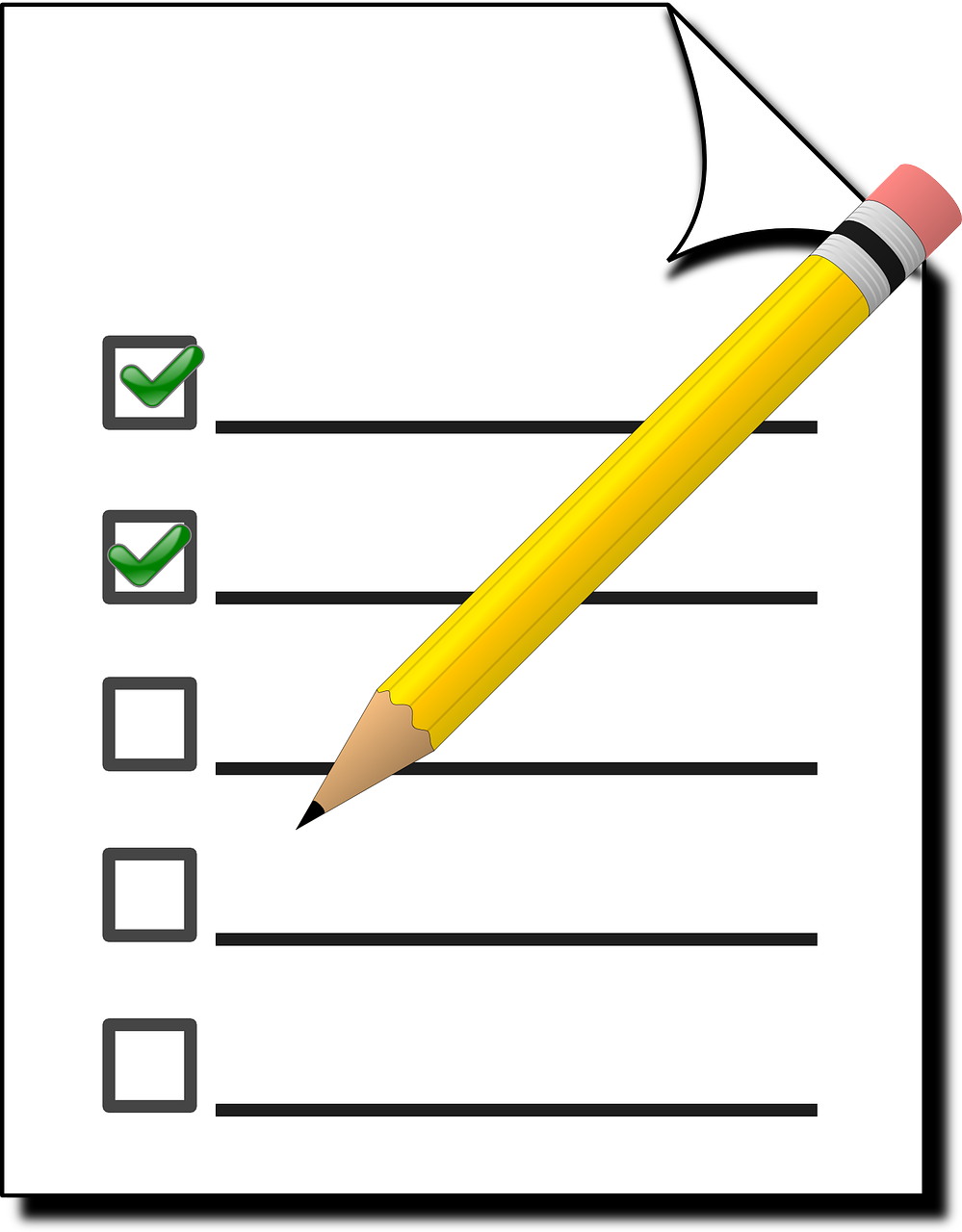
PRINCE2 Agile Practitioner V2 Among Highest Paying Kenya






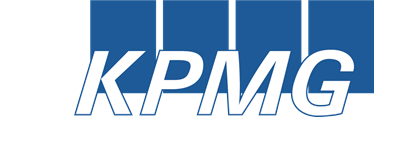



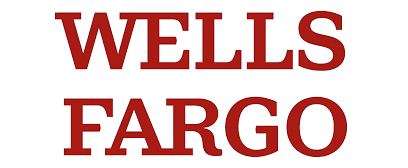
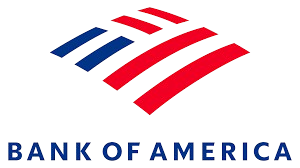

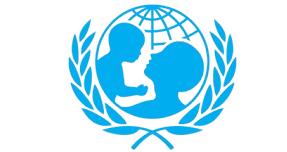

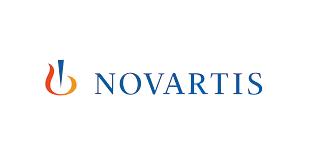
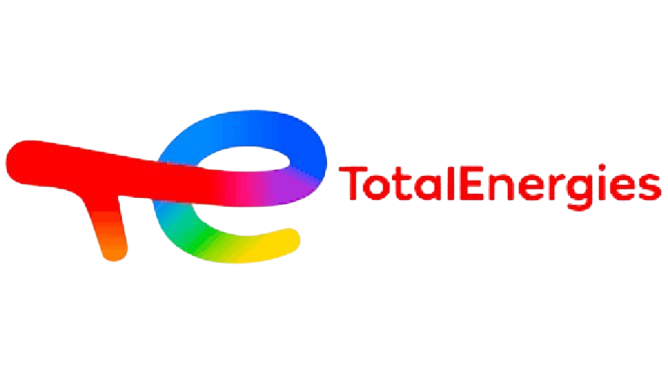




Online Based and Group Training Modules PRINCE2 Agile Practitioner V2 Kenya
PRINCE2 Agile Practitioner V2 Training Course Delivery Option for Kenya
Thu
Fri
09:00 - 17:00 (EAT)
- # 1IXLMF555113
- English (Language)
- Exam Voucher + 3 Practice Test
21-Day Roadmap to PRINCE2 Agile Practitioner V2 Certification Exam Success: Kenya

Familiarize yourself with the exam structure, including the number of questions, time limit, and types of questions
Thoroughly understand the principles, processes, and techniques of PRINCE2 Agile?.
Read and understand the official PRINCE2 Agile? manual.
Solve as many practice exams as possible to test your knowledge and identify areas where you need improvement.
Connect with other PRINCE2 Agile? candidates to share knowledge, discuss topics, and stay motivated.
Develop a structured study plan that covers all the essential topics. Allocate sufficient time for each topic based on your understanding and exam requirements.
Practice relaxation techniques to manage exam-day stress.
Transform Your Career with PRINCE2 Agile Practitioner V2 Certification Kenya
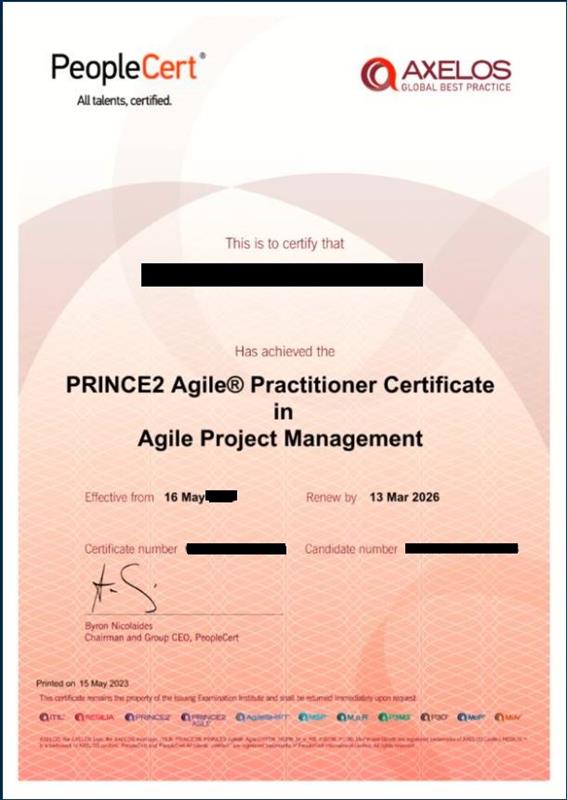
Learning Objectives
General Frequently Asked Questions
View More
View More
View More
View More
View More
View More
Expert Articles on PRINCE2 Agile Practitioner
Read More...
Read More...
Read More...
Kenya: A Hub for Technology, Learning, and Careers
Kenya, located in East Africa, is rapidly emerging as a leader in Africa’s tech and innovation landscape. Known for its stunning landscapes, rich biodiversity (including the Serengeti ), and vibrant culture, Kenya is also making waves globally as a hub for startups, fintech, and digital innovation.
African Tech Pioneer
Kenya is often referred to as the "Silicon Savannah" due to its thriving startup ecosystem. The capital city, Nairobi , serves as the epicenter of this tech boom. Key highlights include:
- M-Pesa : Developed by Safaricom, M-Pesa is one of the world’s most successful mobile money platforms. Launched in 2007, it revolutionized financial inclusion across Africa, allowing millions of people without bank accounts to access financial services.
- Startup Ecosystem : Nairobi hosts numerous accelerators and incubators, such as iHub and K-labs , which support early-stage startups. Kenyan entrepreneurs are tackling challenges in fintech, agriculture, healthcare, and education.
- Innovation Hubs : Cities like Kisumu and Mombasa are also emerging as tech hubs, driven by government initiatives and private investment.
Key Sectors Driving Growth
- Fintech : Beyond M-Pesa, Kenya is home to innovative fintech companies like Paga and Cellulant , which are expanding into other African markets.
- AgriTech : With agriculture being a backbone of the economy, startups like FarmDrive and Hello Tractor are using technology to improve farming efficiency and connect farmers with markets.
- Healthcare : Companies like 4Afrika Health and mClinica are leveraging digital solutions to address healthcare challenges, particularly in remote areas.
Need More Information ?
Have more questions or need personalized guidance ?

Top Companies in Kenya Hiring PRINCE2 Agile Practitioner Professionals in 2025
| Company Name | Role | Job Description | Job Link |
|---|---|---|---|
| Safaricom | Project Manager | Safaricom’s Project Manager in Kenya leads telecom projects, like mobile network expansions or M-Pesa enhancements, ensuring seamless delivery. You’ll manage budgets, schedules, and teams, using Agile tools like Jira. With 5+ years of experience and a PMP certification, you’ll thrive in Kenya’s tech hub. Strong English and Swahili skills drive stakeholder engagement, while mobile tech expertise enhances impact. You’ll support Safaricom’s mission of transforming lives, driving Kenya’s digital transformation, with growth opportunities in a competitive market. This role shapes Kenya’s connectivity future in Nairobi’s vibrant ecosystem. | Job Link |
| Accenture | Project Manager | Accenture’s Project Manager in Kenya oversees digital transformation projects, like cloud or fintech solutions, for regional clients. You’ll define scope, manage resources, and track progress using Agile tools like Trello. With 5+ years of experience and a PMP certification, you’ll lead teams in Kenya’s vibrant tech ecosystem. Strong English and Swahili skills drive global collaboration, while knowledge of East African markets enhances delivery. You’ll foster innovation, leveraging Accenture’s expertise, with opportunities to grow in a leading firm. This role supports Kenya’s digital economy, delivering value in Nairobi’s tech scene. | Job Link |
| IBM | Project Manager | IBM’s Project Manager in Kenya leads IT projects, like cloud or AI solutions, ensuring client satisfaction. You’ll manage timelines, budgets, and teams, using Agile tools like Jira. With 5+ years of experience and a PMP certification, you’ll excel in Kenya’s tech hub. Strong English and Swahili communication supports global coordination, while IBM Cloud knowledge is a plus. You’ll drive digital transformation, contributing to Kenya’s tech growth, with career advancement in IBM’s innovative network. This role delivers cutting-edge solutions in a competitive market like Nairobi. | Job Link |
| Vodafone | Project Manager | Vodafone’s Project Manager in Kenya leads telecom projects, like network expansions, ensuring connectivity. You’ll manage budgets, schedules, and teams, using Agile tools like Jira. With 5+ years of experience and a PMP certification, you’ll thrive in Kenya’s telecom market. Strong English and Swahili skills are essential for stakeholder engagement, while telecom expertise drives impact. You’ll support Kenya’s digital infrastructure growth, contributing to Vodafone’s regional presence, with career opportunities in a dynamic environment. This role shapes connectivity in a growing economy like Kenya’s. | Job Link |
| Microsoft | Project Manager | Microsoft’s Project Manager in Kenya leads cloud or software projects, like Azure implementations, ensuring client success. You’ll manage project lifecycles, resources, and risks, using Agile tools like MS Project. With 5+ years of experience and a PMP certification, you’ll lead teams in Kenya’s tech hub. Strong English and Swahili skills support global stakeholder engagement, while knowledge of Microsoft ecosystems enhances delivery. You’ll drive digital transformation, contributing to Kenya’s tech growth, with career opportunities in Microsoft’s innovative network. This role shapes Kenya’s tech future in Nairobi. | Job Link |




